Lead in Water: American Water Maps 1.2 Million Service Lines in 11 States
This tool will help millions of customers, homeowners, and potential buyers and renters. However, it is one pixel in a much larger picture of lead in homes.
This tool will help millions of customers, homeowners, and potential buyers and renters. However, it is one pixel in a much larger picture of lead in homes.
Indy’s website takes lead hazard transparency to a new level by leveraging AI.
New York State’s rental registry will have a great impact—after it is implemented.
Our research shows low compliance with lead certificates, but the sate’s rental registry could help.
Momentum is building to replace the estimated 9 million lead service lines that still bring water to properties nationwide. To achieve the goal, we need to engage landlords and renters in the process.
EPA’s lead-safe work practices should be the norm. Unfortunately, they are not.
By August, the House and Senate appropriations committees are expected to consider HUD’s funding needs and pass funding bills for FY25. Congress should adopt an appropriations bill that addresses the statutory and administrative barriers that have hamstrung the program.
What Happened? Unleaded Kids’ Tom Neltner joined about 200 people attending the in-person New England Regional Lead and Healthy Housing Conference on May 2–3, 2024, in Portsmouth, New Hampshire. It […]
Indiana’s legislature unanimously passed SEA-5 in March 2024, establishing steps by which drinking water utilities can replace customer-owned portions of lead service lines (LSL) without the owner’s consent. The provisions are designed to overcome what has become a major challenge facing utilities as they strive to eliminate LSLs in their service area in a cost-effective manner—cooperation of customers.
Successfully reducing children’s exposure to lead requires collaboration between all stakeholders: private and public; health, environmental, and housing; and federal, state, and local. Collaboration is particularly important when it comes to sharing data that helps identify homes that have already exposed children to lead so that the causes and underlying issues can be addressed.
